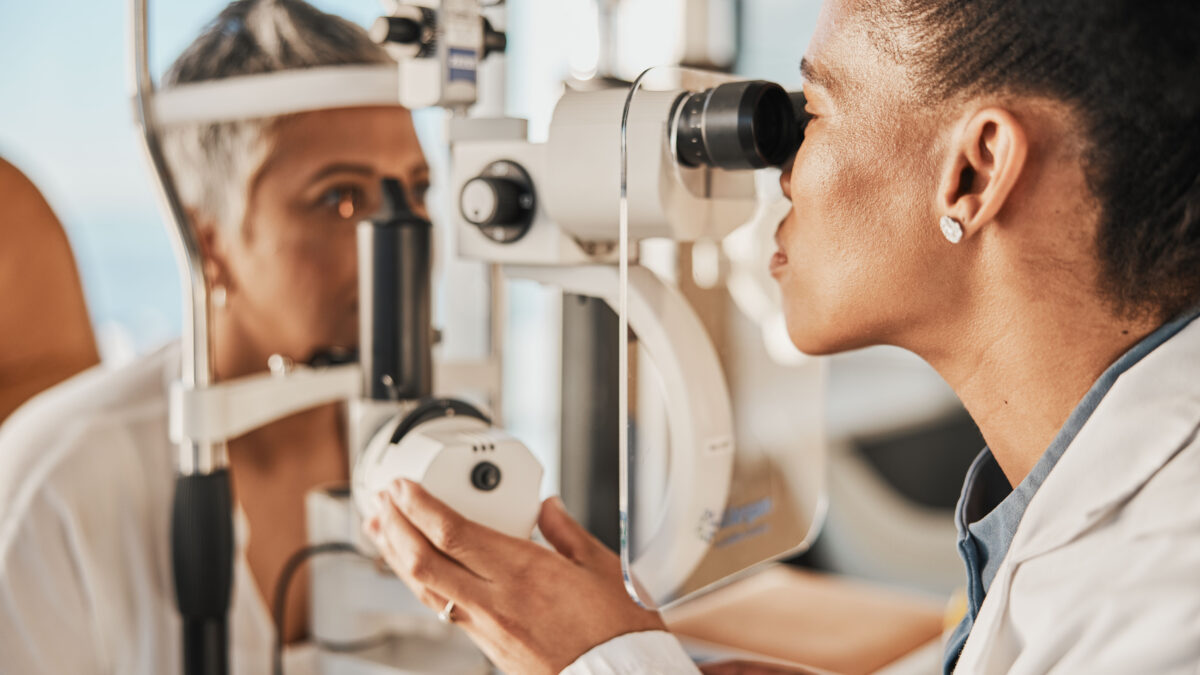Thyroid Eye Disease Awareness Week is the perfect time to recognize the voices of patients and caregivers affected by the rare and debilitating – but treatable – autoimmune condition.
Understanding Thyroid Eye Disease
Autoimmune conditions develop when the immune system mistakenly attacks healthy cells in the body. In the case of thyroid eye disease, cells that usually fight off bacteria focus instead on the muscle and fat tissue around the eye.
Symptoms may include:
- Sensitivity to light
- Redness
- Swelling or bulging of the eyes
- Eyes that are dry, gritty, itchy or teary
- Pain in the eye, often accompanying movement
- Inability to completely close the eye due to swelling
- Double vision or other changes to normal vision
- Inflammation and pressure around the optic nerve
These chronic symptoms may be accompanied by changes in appearance due to eye swelling or bulging, which can be stressful or embarrassing for patients. The disease may appear in connection with another condition or may develop alone.
Patients Can Get Treated
If the condition is diagnosed in its early stages, treatment can limit the progression of symptoms. Early treatment may also reduce the need for surgery later on, and it can help patients avoid potentially irreversible damage to their eyesight.
Mild cases may get better over time without intervention. For more serious or advanced cases, steroids and mineral supplements may help. There is also one FDA-approved drug, teprotumumab-trbw, available. Additional treatments are currently undergoing clinical trials, extending the promise of innovative solutions for treating and managing this disease.
Robust health plan coverage is necessary to make available and forthcoming treatments accessible to the patients who need them.
Patients can develop a treatment plan by consulting with an ophthalmologist with special training. A professional can determine the severity of the disease and monitor any changes to vision or eye muscles with medical imaging. Clinicians will also test for accompanying symptoms, to ensure the thyroid eye disease is not related to a broader autoimmune condition.
Finding Community
For patients struggling with isolation or coping with their diagnosis, community support can be vitally important.
The TED Community Organization, for example, provides patient outreach and education about the condition. It also connects people living with thyroid eye disease, helping to ease the emotional impact of the condition.
The Vision Health Advocacy Coalition provides resources for patients to learn more about their disease and the treatment barriers they encounter. The organization’s toolkit webpage offers ways to get involved during this year’s awareness week.
